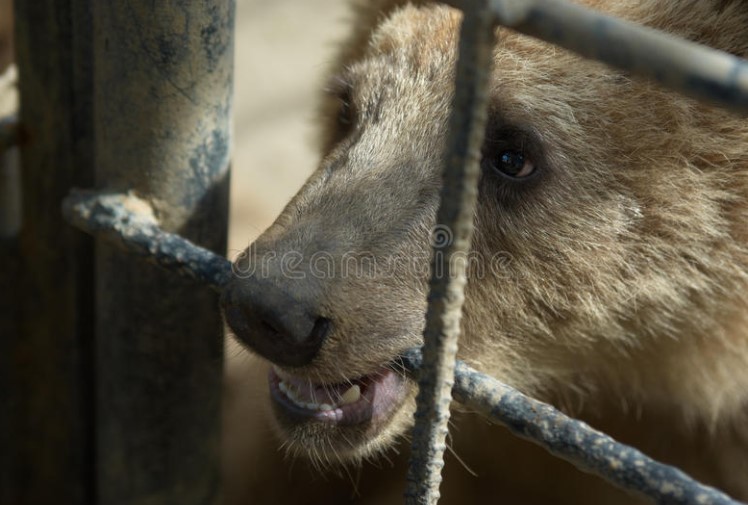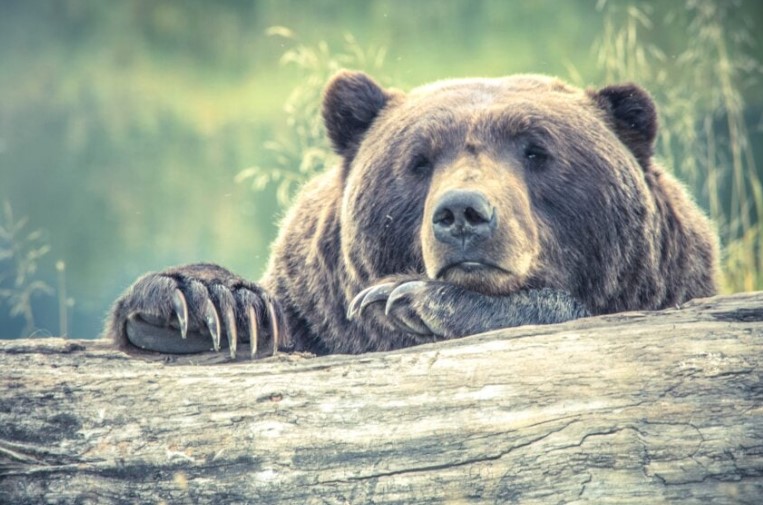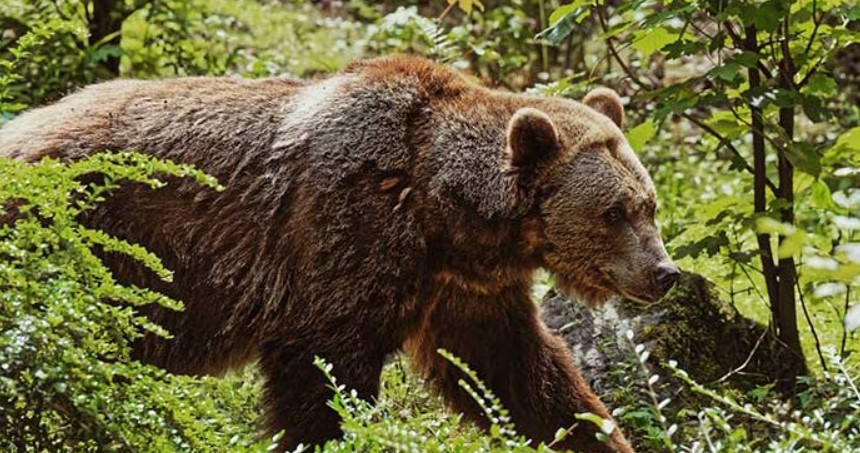An unfortunate death of a brown bear highlights the price of keeping predators in captivity just as conservationists are improving conditions for wild animals.
The brown bear that was being kept in captivity at the zoo in Andijan, Uzbekistan attacked and killed one of the zoo’s employees on January 3. The bear was fed as usual by the zookeeper, a man only known by his initials, A.G. However, his life would be lost since he neglected to lock the bear’s enclosure later.
The whole horrific event has been captured on film and is now available to the general audience. A police spokesman for the Andijan district confirmed the zookeeper’s terrible end, saying, “The man died from his serious injuries on the scene.”
OPINION: Horrific Brown Bear Fatality Reiterates Dangers of Carnivores In Captivity
The tragic death of a brown bear in captivity serves as a grim reminder of the costs associated with keeping carnivores in human care, even as environmentalists work to improve their treatment of wild animals.
An employee working at the zoo in Andijan, Uzbekistan, was fatally attacked by a brown bear that was kept in captivity on January 3rd. A man who could only be identified by his initials, A.G., worked as the zookeeper and fed the bear as he would on any other day.
But the fact that he did not put a lock on the gate of the bear’s enclosure after that ultimately cost him his life.
The entirety of the catastrophe was captured on film, and this horrible scene is now available to the general audience. A police spokesman for the Andijan district confirmed that the zookeeper’s terrible end was “the man died from his serious injuries on the spot.” The clip shows the zookeeper being attacked by an animal.

The bear ambushed the keeper, mauled him, and then dragged his body across the enclosure before any of the other workers could pay attention to what was happening. Every year, we find cases of this form of death, with the vast majority coming from Asian countries.
Bears are still held captive in zoos, theme parks, and circuses across the broad continent of North America only for the amusement of visitors to these venues. There are bears that spend their entire lives confined in cages that are no larger than a storage closet.
Others are forced to “dance” and “perform” in front of an audience by being prodded and jabbed with spears and taser rods respectively. And some are cared for to the best of the zookeeper’s skills under circumstances that are less unpleasant, but no more preferred.
Also Read: Police Identified The Child Who Was Shot And Killed In Northeast Washington, DC
Brown Bears In Captivity
The capturing and keeping of brown and black bears in captivity in the United States for purposes other than those related to conservation is banned in the majority of states and is looked down upon in general.
If you go to a zoo in the United States today, you shouldn’t be surprised to find a bear because bears can no longer live in the wild. Zoos in the United States, such as the one we have right here in Nashville, Tennessee, as well as others around the country, are doing fantastic work to save endangered species and other forms of wildlife that require rehabilitation.
Other facilities, such as the exceptional Grizzly & Wolf Discovery Center of West Yellowstone, were constructed for the exclusive intention of preserving and rehabilitating brown bears, also known as grizzly bears.

The rest of the world has followed suit, and now there are remarkable bear rescue organisations established in a variety of countries across the globe. Bears, including Eurasian brown bears and their related species, can be rescued from the appalling conditions described in the previous paragraph by facilities such as the Four Paws animal care group.
A conservationist named Sajmir Shehu visits Mark, a bear who has spent over twenty years of his life confined in a confined space at a restaurant in Tirana.
This photograph captures Shehu’s visit. In December of 2022, as a result of the efforts of Shehu and the other people working with him, Mark would finally be able to embark on a journey to a better life in an Austrian sanctuary.
On the other hand, the brown bear at the zoo in Andijan, Uzbekistan, does not have such good fortune. Their story is just one of hundreds that demonstrate that keeping an animal in captivity is never the safest or most desirable option for the animal, unless the animal is in desperate need of aid from humans.
Also Read: A Twenty-Year-Old Man Was Found Dead Outside Of The Navy Yard Metro Station
‘Placing An Animal In Captivity Simply For The Viewing Pleasure Of Visitors Is Wildly Irresponsible Practice’
Keeping animals in captivity solely for the sake of tourists is a practise that is both inhumane and unsustainable. Furthermore, as the tragic event of January 3 shows, it is extremely risky for both the animals and their keepers.
A forensic investigation is ongoing to determine the worker’s exact cause of death. Additionally, local law enforcement is investigating criminal charges against the zoo.
The bear’s demeanour in this zoo is indicative of its lack of exposure to the world beyond its cage. Regardless of the keeper’s motives, the animal will view them all as potential prey. When hungry enough, a bear will eat anything, including a human.

Bear keepers at zoos have also seen this tragic conclusion. However well-cared for, an animal in captivity is still an animal. Further, wildlife is, well, wild.
An Himalayan brown bear is probably the type of bear in discussion here (Ursus arctos isabellinus). Native only to Uzbekistan, this subspecies is rapidly disappearing due to habitat loss. Potentially contributing to the preservation of this species is this zoo.
If that’s the case, this Andijan worker may have sacrificed his life for the sake of the species’ preservation. If not, the bear was likely only there as a tourist attraction. And maybe this event will be the final push additional countries need to start using more effective conservation strategies.
Like any other living thing, bears should not be confined. No matter how well-intentioned people are, these tragic events will keep happening until we all figure out how to coexist with our wild relatives.
Final Words
An unfortunate death of a brown bear highlights the price of keeping predators in captivity just as conservationists are improving conditions for wild animals.
The brown bear that was being kept in captivity at the zoo in Andijan, Uzbekistan attacked and killed one of the zoo’s employees on January 3. The bear was fed as usual by the zookeeper, a man only known by his initials, A.G.

